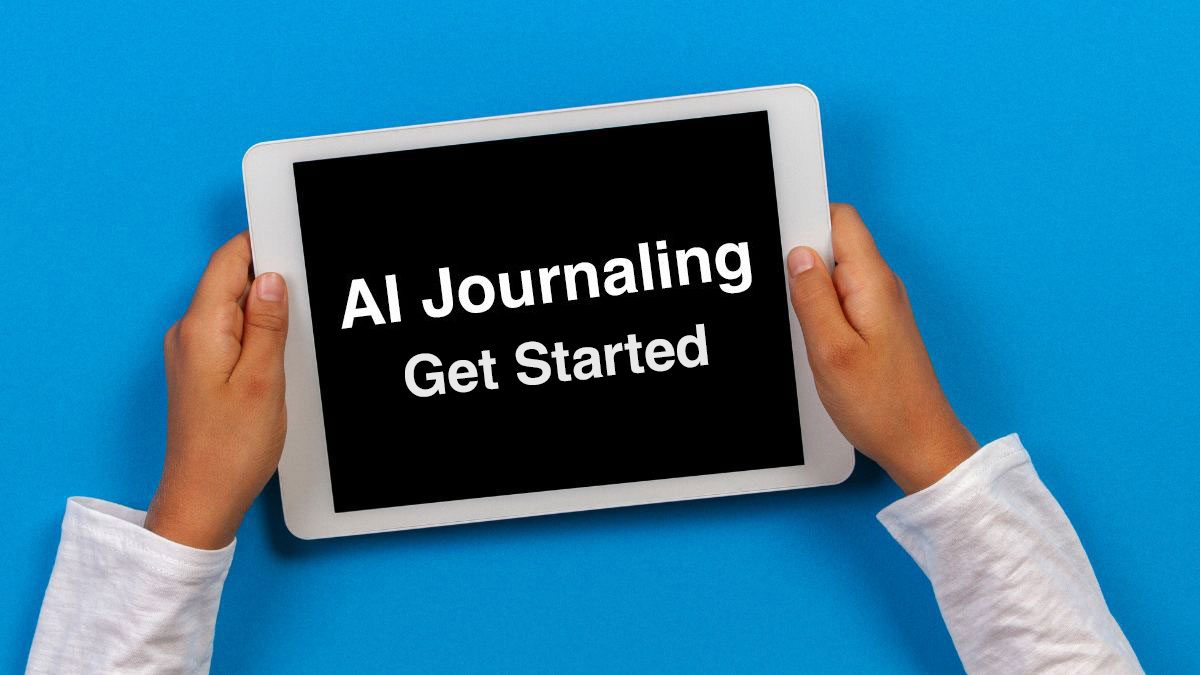What You’ll Learn
- An AI journaling workflow for Morning planning and Evening reflection.
- How to use AI journaling prompts as thinking aids while typing answers-only.
- Reusable AI journal templates that speed input and improve insights, tags, and next steps.
- Privacy and export practices to keep control of your AI diary.
Quick Start: AI Journaling Morning & Evening Workflow
- Open the free AI journal. Choose Morning to plan or Evening to review.
- Pick one guidance item from the Prompt Library to shape your thinking.
- Type your answer only in the field. Keep it to 3–7 lines for signal clarity.
- End with a one-line takeaway and add 1–2 inline tags like
#moodor#wins. - Submit to generate insights. Star high-value entries for your weekly scan.
- Weekly: review starred entries, list three recurring themes, commit to one next step.
How AI Journaling Prompts Fit the Two-Box Design
- Morning field: focus, energy, first step. Desired output: one outcome + first 10 minutes.
- Evening field: win, lesson, reframe. Desired output: one lesson + micro-adjustment.
- Why answers-only: cleaner mood/theme detection, smaller exports, better auto-tags.
Answer-First Guidance Prompts
Use these as thinking aids. In the tool, write your answer in Morning or Evening. Copying the question is optional for your notes only. Explore more sets in the Prompt Library.
Morning Guidance (Focus & Momentum)
- One outcome that makes today successful and the first 10 minutes to start.
- Three-word mood scan → one likely cause → one supportive action.
- Top priority, key constraint, and a step I can finish before noon.
Evening Guidance (Review & Reframe)
- One win, one challenge, and the smallest change for tomorrow.
- A thought that stressed me → evidence for/against → balanced rewrite.
- Gratitude trio: one person, one place, one ability I’m thankful for and why today.
Examples: AI Journaling Entries
Morning — Focus Card
Outcome: Draft intro for proposal
First 10 min: Outline 3 bullets
Energy (1–5): 3
Tag(s): #focus #workEvening — Win/Lesson Card
Win: Finished outline
Challenge: Procrastinated on edits
Lesson → micro-adjustment: Edit for 10 min before lunch
Tag(s): #wins #productivityEvening — CBT Lite
Situation: Missed workout
Thought: "I have no discipline"
Evidence +: Skipped twice this week
Evidence −: Walked 4 days last week
Balanced thought: Progress is uneven; plan 15-min walk
Next step: Shoes by the doorAI Journaling Answer Templates for Faster Input
Morning — Plan Card
Outcome: _____
First 10 min: _____
Energy (1–5): _____
Tag(s): #focus #winsEvening — Win/Lesson Card
Win: _____
Challenge: _____
Lesson → micro-adjustment: _____
Tag(s): #mood #stressEvening — CBT Lite
Situation → Thought → Evidence + / Evidence − → Balanced thought → Next stepAI Journaling Troubleshooting & Tips
- If insights look generic: keep 3–7 lines, include 1–2 tags, avoid pasting questions.
- If you pasted the question: remove it; the AI diary analyzes answers-only.
- If you’re skipping days: reduce to 3 lines in Morning and 3 in Evening.
- Privacy: avoid details you wouldn’t email. Use device lock and regular exports.
- Exports: schedule weekly Markdown/PDF exports to maintain ownership.
- Ritual: same time, same place. Stack after a stable habit.
AI Journaling FAQ
Do I paste the prompt into the Morning/Evening box?
No. Type your answer only. This yields clearer mood detection, themes, and next steps.
How long should each AI journal entry be?
3–7 lines. Enough detail for patterns. Short enough to stay consistent.
How do I use ChatGPT for journaling?
Pick one prompt, think for 10–20 seconds, then write your answer in the tool. For deeper guidance, browse our largest AI journaling Prompt Library and read How to Journal with ChatGPT: Step-by-Step Guide.
Is AI journaling private?
Control what you share, lock your device, and set exports you own. Avoid sensitive identifiers in entries.
Is there evidence this helps?
Yes. A 2025 review finds positive expressive writing improves wellbeing and affect, and a 2023 meta-analysis shows positive writing can outperform classic expressive writing on mood. Source 1, Source 2.
Wrap-Up
Use AI journaling prompts to frame thinking, but enter answers into Morning and Evening for the strongest insights. Start now in the free AI journal, then expand with the Prompt Library. Bookmark this guide for weekly tune-ups: How to Start AI Journaling: Prompt Strategy.
References:
PLOS ONE, 2025;
Applied Psychology: Health and Well-Being, 2023;
BMJ Family Medicine and Community Health, 2022


